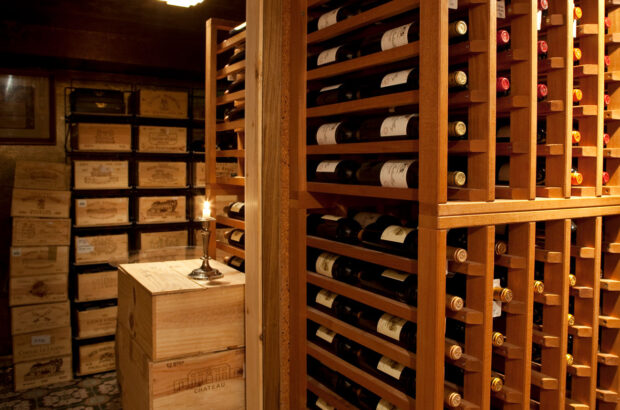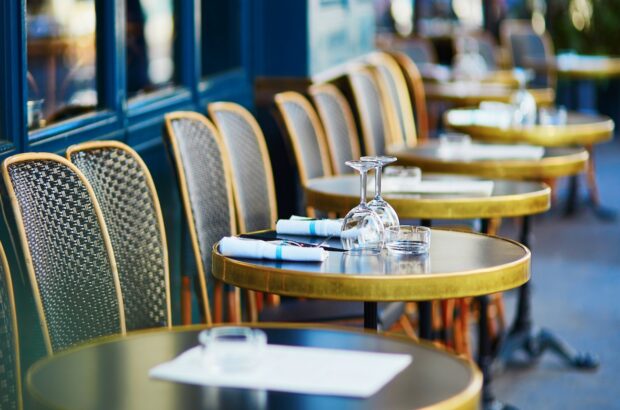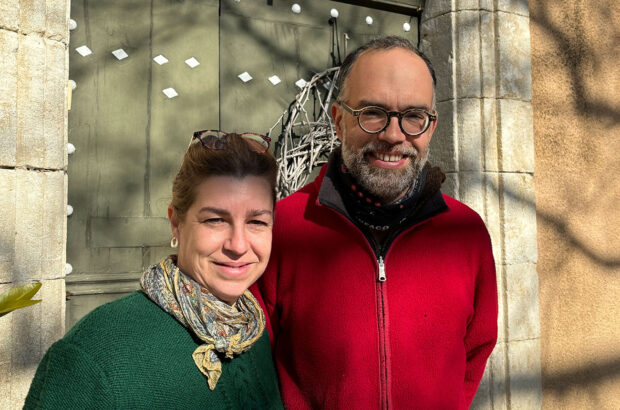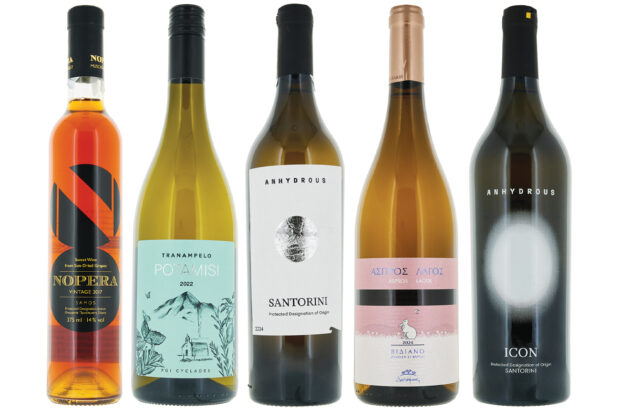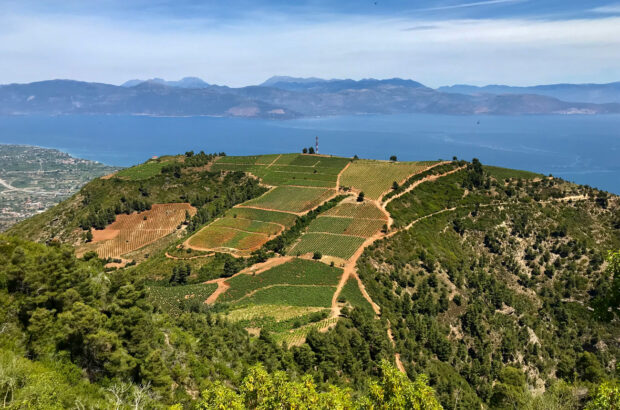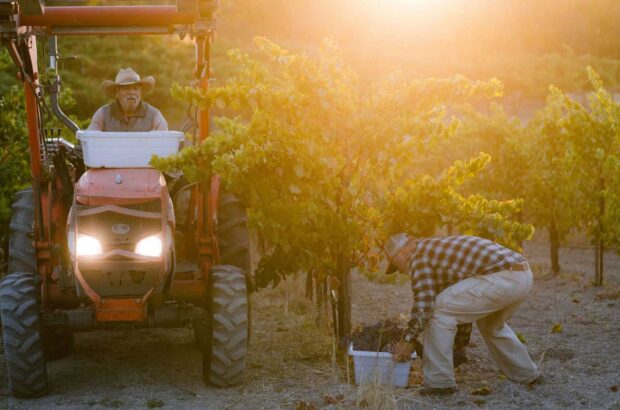- Something had to be done and ‘something’ in the Spanish wine business is always the same ‘something’: investment.
- We’re seeing examples of new developments with older plantations.
- The Graciano grape currently has ‘experimental’ status in Rioja.
- Rioja provides a wealth of microclimates and individual soil profiles that simply weren’t being exploited.
Something had to be done, and the responsibility had been hanging heavy since 1989, the year in which Rioja was ‘promoted’ from DO (Denominación de Origen) to DOCa (DO Calificada). The idea was that this new ‘supergrade’ of quality wine would give an additional guarantee to the customer, but the trouble was that the terms of the upgrade were rather vague, and there was considerable disagreement within and without Rioja on what should be done to take advantage of it. Everyone agreed that something needed to be done, but no one seemed to know what that something was. To add to the situation, Mother Nature stubbornly refused to come up with a top-class vintage year and, although the 1991s were reasonably good for many growers, 1992 was dull and 1993, if anything, duller. The worst drought in living memory managed to provide the double whammy of low quantity and mediocre quality – poorer Spanish wine at higher prices. Something had to be done.
‘Something’ in the wine business is always the same ‘something’: investment. Just when the business is at its lowest ebb and confidence is waning, that’s when you plough back 10 years’ profits and re-equip, hire a new winemaker, re-examine your priorities and get to it. All you need is top-class fruit, but that, too, alas, was sadly lacking… until 1994, which produced a superb vintage. It was still small, but the grapes were ripe, clean and bursting with health, and the wines were magnificent. Those bodegas which had bitten the bullet and reinvested saw the best benefit, and the market responded generously: prices rose, export customers queued up to buy.
Meanwhile, however, the rest of Spain was gaining: forgotten grapes produced in obscure regions were capturing the public imagination (and filling the shelves at better-than-supermarket prices) and the message became clear. If Rioja was to enter the next century with the lead it had enjoyed in the last, then there had to be some ‘clear red wine’ between it and the competition.
There are, of course, those Rioja houses that ride the storms without apparent effort. CVNE re-equipped to the tune of 12 million pesetas in 1989, when some of the other houses were wringing their hands after the doldrums of the late 1980s; at La Rioja Alta and López Heredia you could be forgiven for thinking nothing had changed since 1900, as they both continued with a fine disregard for fashion and the vagaries of the market to make the wines they wanted to make (and which their customers continued to buy with enthusiasm). Then there were the ‘young turks’ of the mid-1980s, who came into the market with a simple brief: to turn out the finest possible wines regardless of price; Roda, Artadi and Remelluri, for example, have built enviable reputations in little more than 15 years in the business. The Marqués de Griñón, whose thumbprint on any wine is a guarantee of quality, entered the Rioja business as late as 1994, and this is, perhaps, the turning-point year in which so many Rioja houses decided to ‘add value’ to their wines in order to stay in the front rank of the market. There are many ways to do this, and in Rioja three of them were to become prominent. What follows refers only to red wines.
Old-vine Rioja
Anyone will tell you that old vines produce fewer but better grapes, and in the accountant-led development of the business in the 1980s, they were routinely replanted at about 35 years old. For a number of houses, this has changed. Here are a few examples of new developments with older plantations:
Bodegas Olarra – Summa Añares is made from 40-year old vines (60% Tempranillo, 25% Mazuelo, 15% Graciano) with 14 months in new oak, fined with egg-whites.
Bodegas Bretón – Alba de Bretón Reserva 1996 is made from grapes harvested from 80-year old Tempranillo vines in the village of Briones. The wine has 24 months in a mixture of new American (Virginian) and Alliers oak, and then a final two months back in Virginian oak.
Union Vitivinìcola – Marqués de Cáceres Gaudium. Grapes are selected from old vines from regular contract growers and the wine is aged in new French oak for 18 months, followed by 24 months in bottle.
Special-grape Rioja
For ‘Special-Grape’ here, read Graciano (still only 0.4% of the Riojano vineyard), although there is Cabernet Sauvignon and Merlot in small, ‘experimental’ quantities (see below). However, Graciano is the grape that gives Rioja wine a good deal of its structure and tannins, and enables it to age with consummate grace. Typically, the traditional Rioja grape-mix would include between two and five percent of Graciano, but it was fading away – difficult to grow, very low yields – until relatively recently.
Marqués de Riscal – Barón de Chirel – Paco Hurtado de Amezaga, head of the firm, launched the first vintage of this wine as long ago as 1988, with its grape formula diplomatically listed as 60% Tempranillo, 40% ‘other varieties’ (ie Cabernet Sauvignon). However, the Riscal company does have a certain advantage in that it planted Cabernet in the 1850s, long before there was a Consejo Regulador to forbid it. The grape currently has ‘experimental’ status, although there are rumours (unsubstantiated so far) that it is to be banned.
Bodegas Ijalba – Graciano. The bodega claims to have been the first to produce a 100% Graciano wine and, for good measure, made it ‘ecological’ (a sort of half-way house between regular and organic, under the international standard ISO 14001). It has 18 hectares (ha) of the grape, which must be by far the largest plantation in Rioja and, interestingly for a grape that ages so grandly, they make it joven: without oak ageing.
Bodegas Viña Herminia – Graciano Reserva. This is fermented in cask and then undergoes its malolactic fermentation in American oak. Once complete, it’s racked into new American oak for 12 months, followed by a further year in new French oak, then another 12 months in bottle.
Viñedos de Contino – Graciano – another pioneer of the variety, since 1997, although this was to be just the beginning of Contino’s new thinking.
Single-vineyard Rioja
So many producers seem to have suddenly woken up to the fact that the varied and mountainous nature of Rioja provides a wealth of microclimates and individual soil profiles that simply weren’t being exploited.
Viñedos de Contino – the flag-carrier of single-vineyard Rioja is experimenting with different plots to determine what individual characteristics may be just waiting to be discovered. The company has impressive experience in both French and American oak, as well as in making wines from Graciano, pioneered by newly-retired José Madrazo. José’s son Jesús is carrying on the research.
Bodegas Palacios Remondo – Rafael Palacios trained at Pétrus, and his new venture is called Dos Viñedos (‘two vineyards’) – selected grapes from particular terreños are vinified separately, then aged in new French oak for 10 months, followed by new American oak for three months.
Marqués de Murrieta – Prado Lagar Reserva Especial. This is one of 50 vineyards within the Ygay estate, with 25ha planted in 1979 (90% Tempranillo, 10% Mazuelo). Also Dalmau (the middle name of chief executive Don Vicente Cebrian, the Conde de Creixell), which is made from 85% Tempranillo, 10% Cabernet Sauvignon, and 5% Graciano from three vineyards: Altos de Tocatas, Canajas and Valsalado, all planted in the 1960s. The Dalmau is described as having ‘only’ 40 months in new American oak (cf Ygay – six to 26 years in oak), with the main ageing taking place in the bottle. From the 1998 vintage on, the bodega has switched to new French oak.
Bodegas LAN – Culmen Reserva is from the single vineyard Pago El Riven, and after fermentation in stainless steel it undergoes its malolactic in new French oak, followed by 18 months in new French oak before bottling.
Bodegas Faustino – Faustino de Autor Reserva is 88% Tempranillo and 12% Graciano, which comes from three family-owned vineyards: Los Trines, Valdeparaiso and Los Caños de Arriba. It undergoes its malolactic fermentation in oak, with three months on the lees, and a further 29 months in new French oak.
Bodegas Martìnez Bujanda – the Finca de Valpiedra vineyard has been in the family for 20 years and covers 80ha, planted with (now) 25-year old vines (90% Tempranillo, 6% Cabernet Sauvignon and four percent Graciano and Mazuelo). The company built a brand-new winery on the site and makes the wine in state-of-the-art stainless steel, after which it has 18 months in new French and American oak (50:50).
Bodegas Corral – Altos de Corral is a 10ha vineyard of old vines, which produce only 28hl/ha. Its first vintage as a single entity will be released in the autumn of 2000.
This is by no means a comprehensive list of what’s happening in Rioja, merely a ‘snapshot’ of the steps so many bodegas are taking to keep Rioja in front as the 20th century becomes the 21st. We have already seen some spectacular results. On the basis of this showing, there are many more to come.



